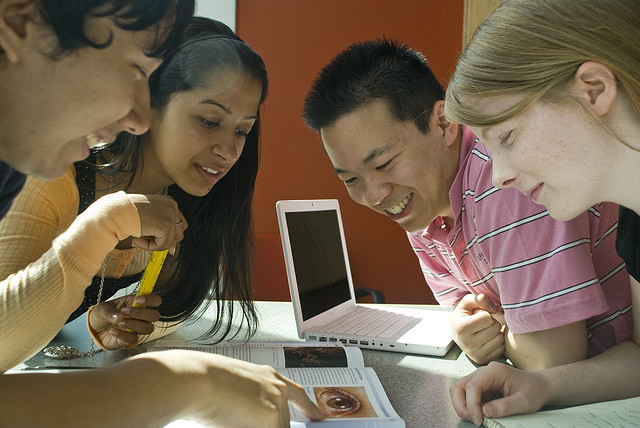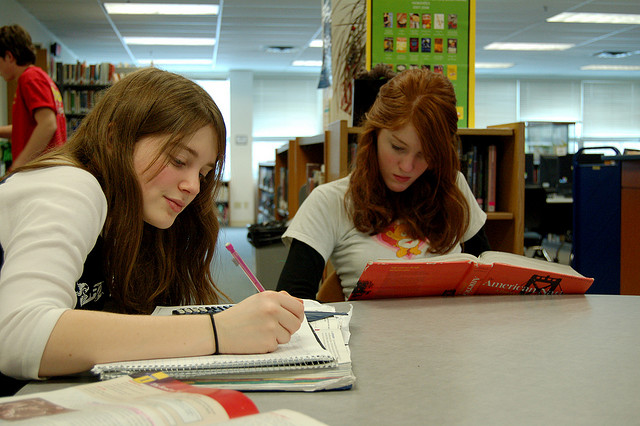
Not everyone learns the same way; for example, some are visual learners while others learn better with hands-on training. There are different ways to handle different learning styles, however, you may have to take matters into your own hands and put a little extra work in at home.
What Type of Learner Is Your Child?
There are three main types of learners: auditory (listening to explanations, lectures, etc.), visual (reading, watching demonstration), and kinesthetic (having hands-on, tactile experience). Most people use a combination of the types to learn, but respond best to just one specifically. Your child may already know which method they respond to best, but if not you can determine this on your own by trying different teaching techniques or talking to their teacher.
Know Their Strengths
Knowing your child’s strengths is going to be a big help. This will require paying some good attention to your child and talking to them about how they prefer to learn. Once you know your kid’s strengths, you can cater your help to the problem or outline potential areas that need more attention. Knowing what type of learner they are will help you create the best plan for delivering the material—sometimes all it takes is a different type of presentation for the material to click.
Image MC Quinn
Talk to the Teacher
If you’ve been working with your child at home on their studies and have found that certain techniques work well or that they are very responsive to specific teaching practices, inform the teacher. If the teacher has one-on-one time with your kid during class time (or even after if your child needs extra help) they can use these tools to better educate your child. Talking to your child’s teacher is also a good option when you begin to isolate your child’s strengths and weaknesses.
Remember that every person has a different way of learning, and no way is wrong. Figure out what type of learner your child is and what types of teaching/learning methods they respond to best by involving their teacher and working with your child at home on their school work. It will take patience, but your child will benefit in the end.
Feature image UBC Library Communications



